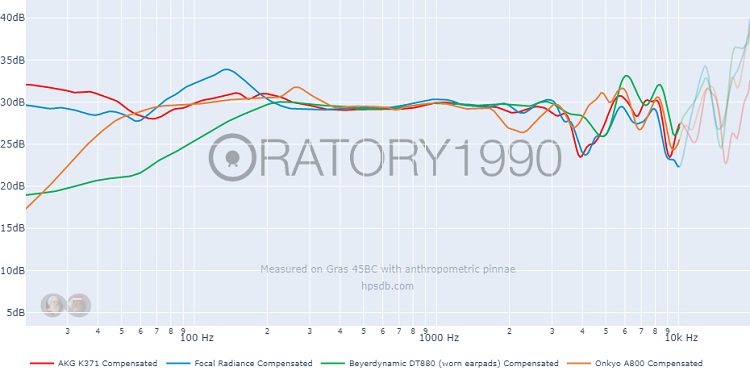- Joined
- Jan 20, 2014
- Posts
- 851
- Likes
- 927
Definitely still is a little shouty for me around 3.5k, then again I think the HD 600 is more than just a little shouty in that same region. And yes K371 is definitely peaky in the sibilance region right around 7k in Hifiman-esque fashion. I did slightly prefer the K361 signature, but my review unit all those months ago had a slight channel imbalance, and that cable, man...2.5mm twist is horrible, and not even compatible with some 598-compatible aftermarket cables I had lying around. None of this stops K371 from being the best tuned closed back under $200. And I also agree that SRH440 is quite good too - that used to be my daily about 7 years ago along with M40x when I was just getting into this hobby more seriously. But those Shures have headbands known to crack over time, although this issue seems worst on the 940 in particular.
Edit: wrt targets like Harman, iirc approximately 60% of listeners, as shown through experimental data in published research, will prefer specifically that target. There is NO one-size-fits all FR target. This does not exist.
Edit: wrt targets like Harman, iirc approximately 60% of listeners, as shown through experimental data in published research, will prefer specifically that target. There is NO one-size-fits all FR target. This does not exist.
Last edited:































